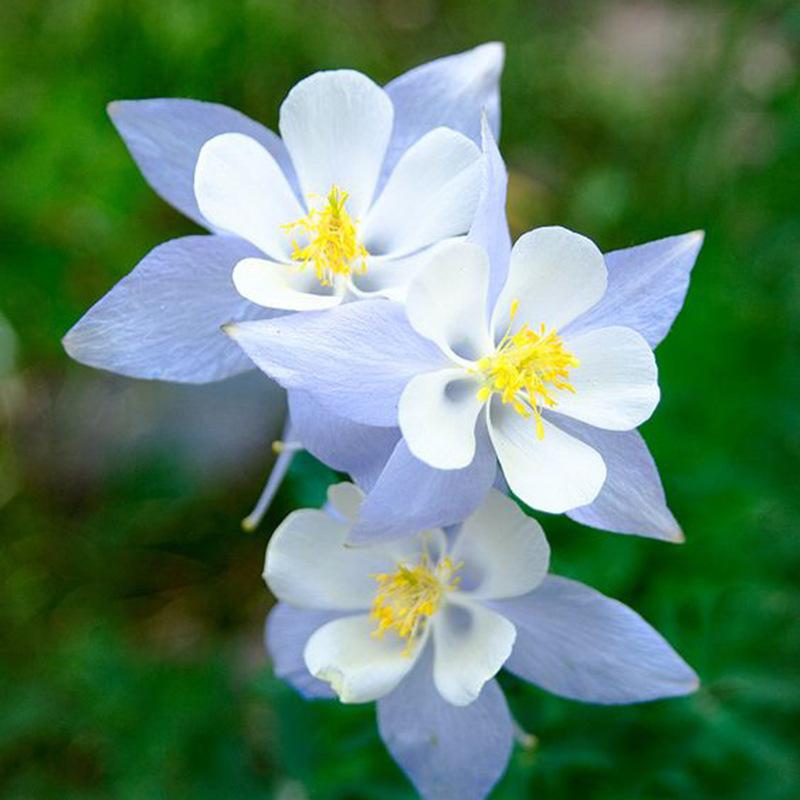Erythroxylum, also known as coca plant, has an intriguing history. Native to South America, it holds a significant role in indigenous cultures. The plant’s leaves were traditionally used for various medicinal and religious purposes. However, it gained international attention due to the extraction of cocaine alkaloids. This sparked a controversial chapter in history, as the consumption and trade of cocaine led to social and political issues. Despite its association with illicit substances, the Erythroxylum plant continues to captivate researchers and ethnobotanists, who explore its many other potential uses in medicine and sustainable agriculture.
Picture
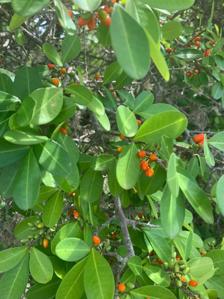
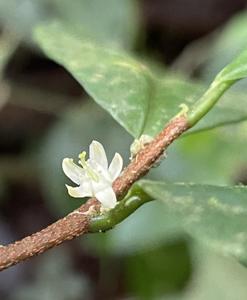
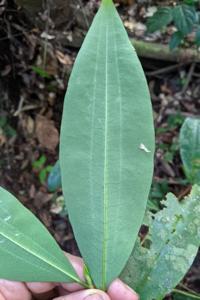
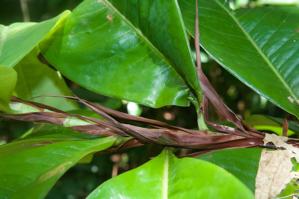
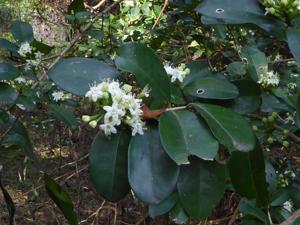
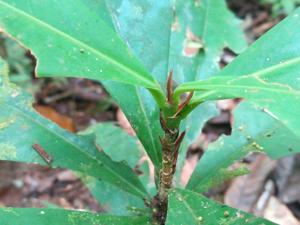
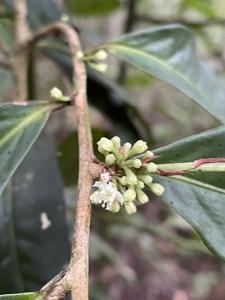
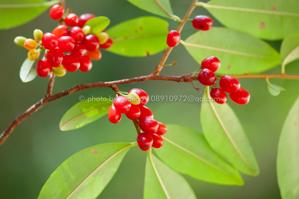
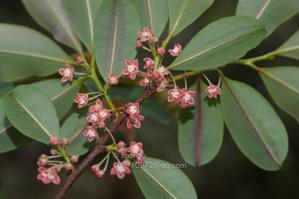
Plant some seeds now!
Short Description
Erythroxylum (Erythroxylon) is a genus of tropical flowering plants in the family Erythroxylaceae. Many of the approximately 200 species contain the tropane alkaloid cocaine, and two of the species within this genus, Erythroxylum coca and Erythroxylum novogranatense, both native to South America, are the main commercial source of cocaine and of the mild stimulant coca tea. Another species, Erythroxylum vaccinifolium (also known as catuaba) is used as an aphrodisiac in Brazilian drinks and herbal medicine.
Erythroxylum species are food sources for the larvae of some butterflies and moths, including several Morpho species and Dalcera abrasa, which has been recorded on E. deciduum, and the species of Agrias.

